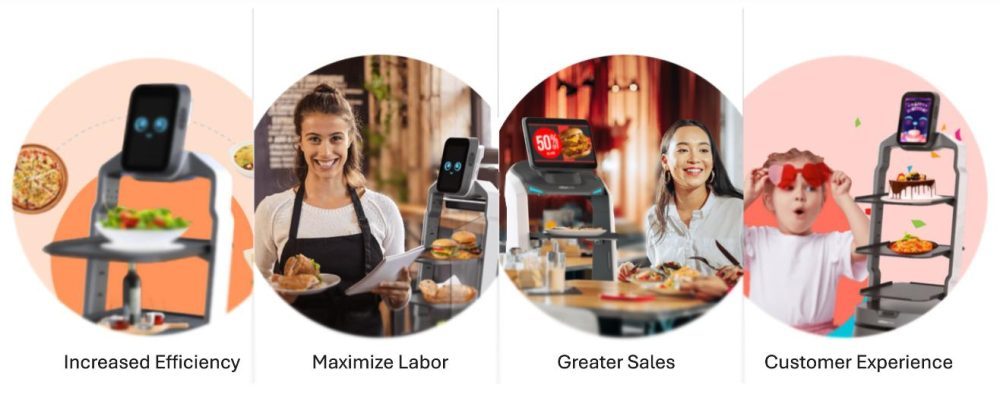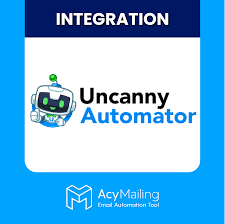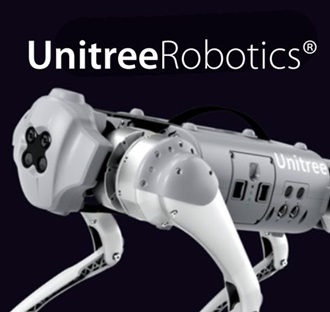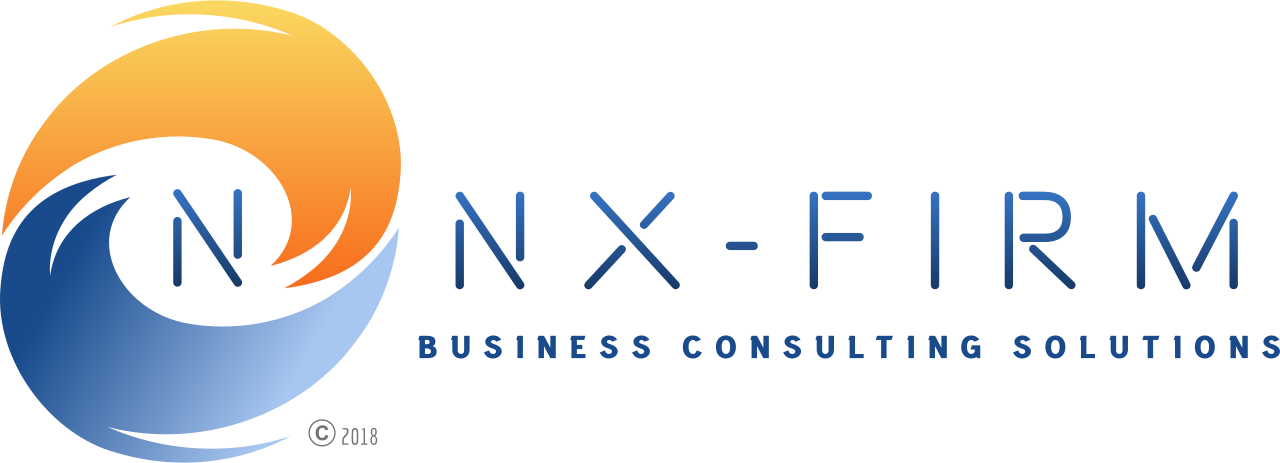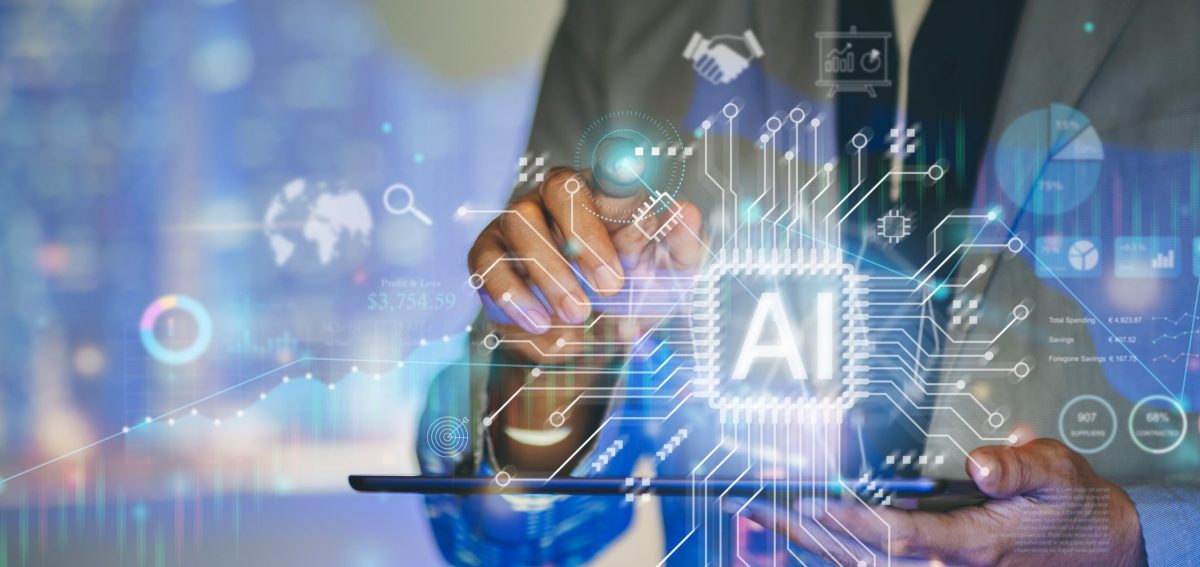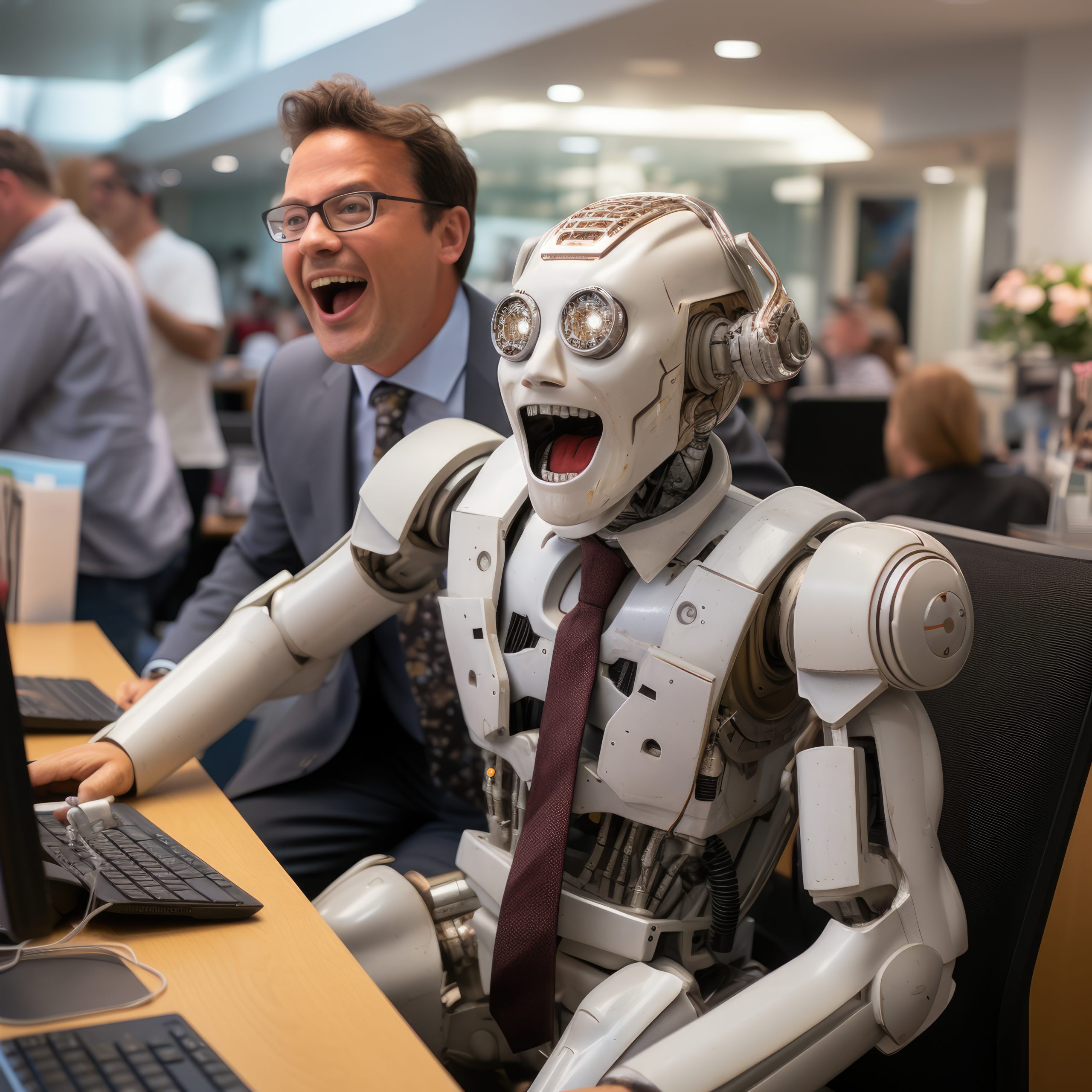The Rise of Robotics in the Restaurant Industry: A Culinary Revolution
Introduction
In an era where technology is rapidly transforming various industries, the restaurant sector is no exception. Robotics is revolutionizing the culinary landscape, enhancing efficiency, and elevating the customer experience. This article explores the integration of robotics in restaurants, its benefits, challenges, and the future of dining.
The Role of Robotics in Restaurants
Food Preparation and Cooking
Robotic systems are increasingly being used in food preparation and cooking processes. Automated kitchen robots can handle repetitive and time-consuming tasks such as chopping vegetables, stirring sauces, and even cooking entire dishes. For instance, robotic arms like Flippy by Miso Robotics can flip burgers and fry food with precision and consistency. Kitchen assist robots are preparing and cooking pizzas, sandwiches, fried foods, stir fried dishes, preparing coffee like a top barista, tending bar, and even serving up ice cream.
Order Taking and Serving
Service robots are becoming a common sight in restaurants, taking orders and serving food to customers. These robots, equipped with artificial intelligence and natural language processing, can interact with customers, recommend menu items, and process orders efficiently. Luckibot developed by Orion Star Robotics, is an example of a robot that can greet customers, take orders, and provide information about the menu, but its AI provides a more lifelike interaction than many in today’s market. For more product details, contact Nx-Firm Business Consulting Solutions.
Delivery
Robotics is also transforming the food delivery industry. Autonomous delivery robots and drones can transport food from the restaurant to the customer’s doorstep, ensuring timely and contactless deliveries. Companies like Starship Technologies are pioneering the use of delivery robots that navigate sidewalks and deliver food directly to customers.
Benefits of Robotics in Restaurants
1. Increased Efficiency
Robots can perform repetitive tasks with speed and precision, reducing the time required for food preparation and service. This leads to faster turnaround times and increased table turnover, enhancing overall efficiency.
2. Consistency and Quality
Robotic systems ensure consistent food quality by following precise cooking instructions and maintaining uniformity in preparation. This reduces the risk of human error and improves the dining experience.
3. Cost Savings
While the initial investment in robotics can be high, the long-term cost savings are significant. Robots can work around the clock without breaks, reducing labor costs and increasing productivity. Robot assisted staff are free to perform the tasks and engage in personal interactions best carried out by humans with greater efficiency and detail.
4. Enhanced Customer Experience
Service robots can provide a unique and engaging experience for customers. Interactive robots that promote products, seat customers, take orders and serve food add a novel touch to dining, attracting tech-savvy customers and boosting customer satisfaction.
Challenges and Considerations
1. Initial Investment
Not long ago, the cost of acquiring and maintaining robotic systems could be a significant barrier for small and medium-sized restaurants, but leased/rented systems now available mitigate the costs and actually make it a very affordable option. If your not sure going robotic is right for you financially, Nx-Firm Business Consulting Solutions offers a free full analysis to determine the initial expenditure and anticipated Return On Investment ROI.
2. Integration with Existing Systems
Integrating robotics with existing restaurant operations and systems can be challenging. Restaurants need to ensure that robotic systems seamlessly integrate with their workflow, which may require infrastructure upgrades and employee training. A company with Point of Sale and restaurant management system experience like Nx-Firm is qualified to put an integration plan together, and implement it within budget.
3. Reliability and Maintenance
Robots require regular maintenance to function optimally. Technical issues and malfunctions can disrupt restaurant operations, highlighting the need for reliable support and maintenance services. You can expect your robot to work tirelessly every day of the year for long period without complaint or running late due to car trouble. Taking advantage of the many lease or rent options now available will ensure when that time off is required, a qualified team is standing by to get your bots back on their wheels.
4. Impact on Employment
The rise of robotics in restaurants raises concerns about job displacement for restaurant workers. While robots can take over repetitive tasks, there will still be a need for human oversight, creativity, and customer interaction. Upskilling employees to work alongside robots can mitigate the impact on employment. (See Nx-Firm’s Change Management Services)
The Future of Restaurant Robotics
The future of restaurant robotics looks promising, with continued advancements in technology driving innovation. As robots become more affordable and versatile, their adoption in the restaurant industry is expected to grow. Here are a few trends to watch:
1. AI and Machine Learning Integration
The integration of AI and machine learning with robotics has is already well underway, enabling more sophisticated and adaptive systems. Robots are able to learn from their interactions, improving their efficiency and effectiveness over time.
2. Enhanced Customer Interaction
Service robots now offer more personalized and engaging interactions with customers. AI Service Robots like Luckibot already feature facial recognition, a able to remember customers and their preferences, make tailored recommendations, and provide a seamless dining experience.
3. Sustainable Practices
Robotics can contribute to sustainable practices in restaurants by optimizing resource usage and reducing food waste. Robots can precisely measure ingredients and monitor cooking processes to minimize waste.
4. Collaboration with Human Staff
Restaurant robotics maintains a collaboration between robots and human staff. Robots can handle repetitive and labor-intensive tasks, allowing human employees to focus on providing exceptional customer service and creative culinary experiences. Moreover, the human staff become capable of serving more tables, which along with better quality, service, and overall dining experience results in higher tip revenue.
Conclusion
Robotics is revolutionizing the restaurant industry, offering numerous benefits such as increased efficiency, consistency, and enhanced customer experience. While there are challenges to overcome, they are easily overcome when assisted by a Next Generation Business Consulting company like Nx-Firm. The future of restaurant robotics is bright, with advancements in technology driving innovation and transforming the dining experience. As restaurants embrace this culinary revolution, they can look forward to a future where humans and robots work together to deliver exceptional food and service.
Are you ready to learn how robot assisted staffing will bring your restaurant greater success? Request a free Nx-Firm Business Solutions initial consultation.




